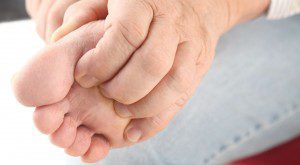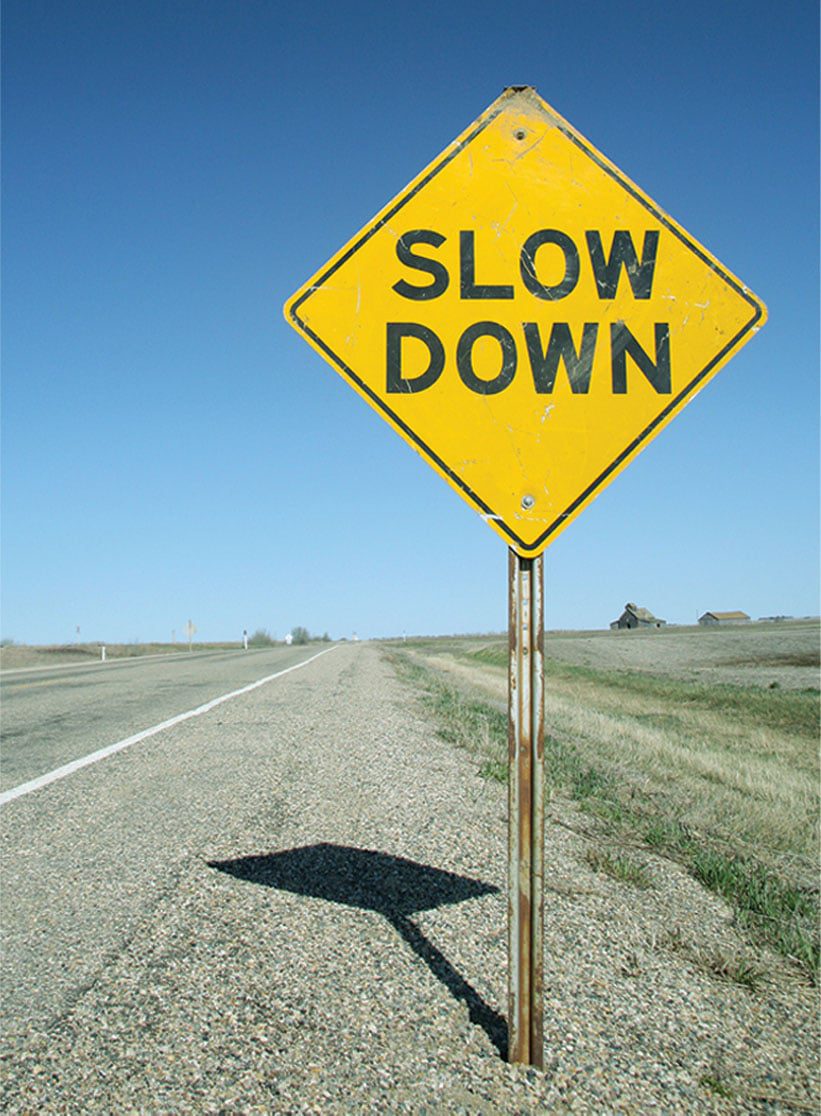By Brian K. Doerr, DPM, Fellow of the American College of Foot & Ankle Surgeons –
 If you have an itchy, raw, sometimes painful rash between the toes, on the sides of the feet, and on the soles, you most likely have Athlete’s Foot. A common misconception is that only athletes experience this irritating condition, however, athlete’s foot can affect anyone. Acutely, the fungus can cause blisters on the sole and sides of the feet or between the toes, which can become inflamed, crack, and itch. Most commonly it appears between the fourth and fifth toe.
If you have an itchy, raw, sometimes painful rash between the toes, on the sides of the feet, and on the soles, you most likely have Athlete’s Foot. A common misconception is that only athletes experience this irritating condition, however, athlete’s foot can affect anyone. Acutely, the fungus can cause blisters on the sole and sides of the feet or between the toes, which can become inflamed, crack, and itch. Most commonly it appears between the fourth and fifth toe.
The fungus that causes athlete’s foot thrives in damp, warm places such as locker rooms and swimming pool decks, which are good breeding places for the moisture-loving fungus. The fungus flourished in moist environments, and is easily transmitted through direct contact with infected sites or through indirect contact with contaminated items like towels, shoes, or shower stalls.
Symptoms
If you’re wondering whether you have this condition, check to see if you have the following signs:
• Small blisters on sides of feet or between toes
• Scaly dry rash on bottom and sides of feet in a “moccasin” pattern
• Damp, soft, gray-white or red scales on feet (look closely between toes)
• Dead skin between toes, peeling skin on the soles
• Itching or burning in the irritated areas
• Musty foot odor
Risk Factors
Basically, anything that keeps your feet damp can increase your risk of contracting athlete’s foot. Factors that suppress your body’s natural defenses can also increase your chances of getting it. Some risk factors include: hot humid weather, tight and poorly ventilated shoes, synthetic socks, infrequent washing of feet, use of public locker rooms and showers, constant moisture around feet, and a compromised immune system.
Preventing Flare-ups
To prevent a recurrence of athlete’s foot:
• Bathe your feet with soap and water at least once a day. Dry thoroughly and dust with talc toabsorb moisture.
• Wear socks made of cotton, wool, or other natural fibers.
• Wear thongs or shower sandals in public showers and around public pools.
• Change your shoes and socks daily.
• Avoid the fungus that causes athlete’s foot. Highly contagious, it thrives in warm, moist places like public showers, locker rooms, pools, and spas. Wear sandals or thongs.
Treatment
You can treat athlete’s foot at home using over-the-counter antifungal creams, ointments, or powders which should be applied twice a day after bathing. Be sure to dry your feet thoroughly, especially between the toes, and remove dead or thickened skin carefully before applying medicines. Some people find using a blow-dryer at a warm setting helps fully dry the affected area. In addition to using an antifungal, keep your feet cool and dry, going barefoot whenever possible. Continue to apply the medicine for seven to 10 days after the rash clears up or it may return. Most creams are to be applied twice a day for at least four weeks. Changing shoes and socks frequently and wearing quick-drying cotton socks will help prevent recurrences, as will drying shoes out completely between wearing and dusting the inside with an antifungal powder.
As mentioned, athlete’s foot is usually cured or suppressed with four weeks of application of over-the-counter creams, ointments, and powders. However, the fungus that causes athlete’s foot is so common — and spreads so easily — that recurrence is common. If your skin cracks as a result of athlete’s foot, you could be at risk for a secondary bacterial infection.
If you have marked pain, pronounced skin changes such as spreading to other areas, extreme redness, oozing, extreme cracking, or other persistent problems, consult a physician promptly. Stubborn infection may require an oral antifungal or antibiotic medication prescription. If you have any questions or concerns about your proper foot care, please call the office of Dr. Brian Doerr at 239-931-3668.






